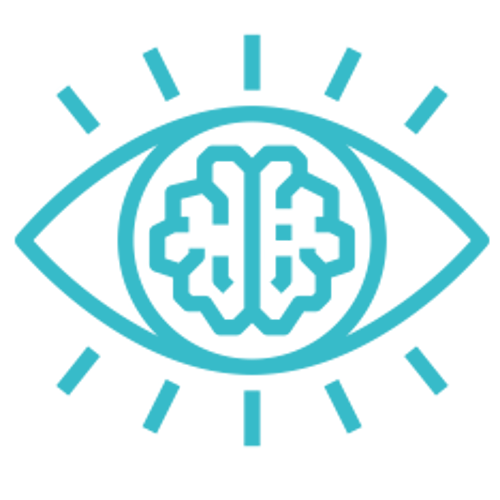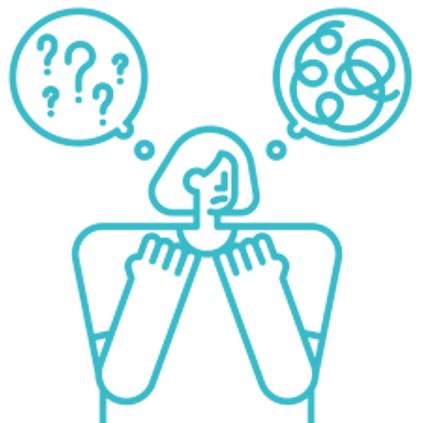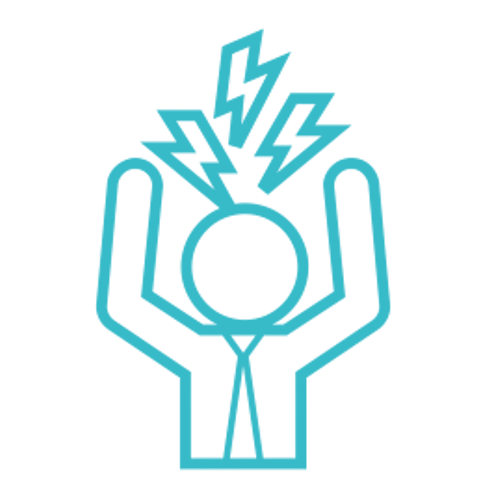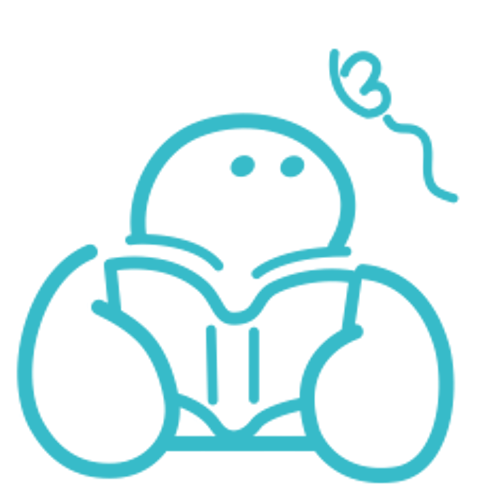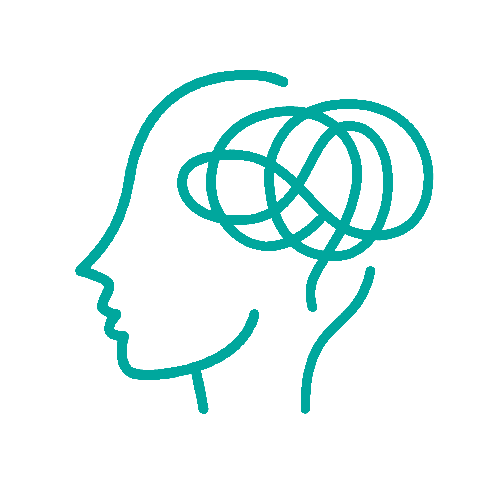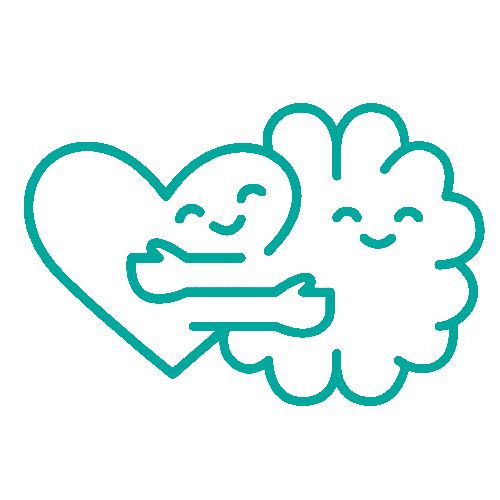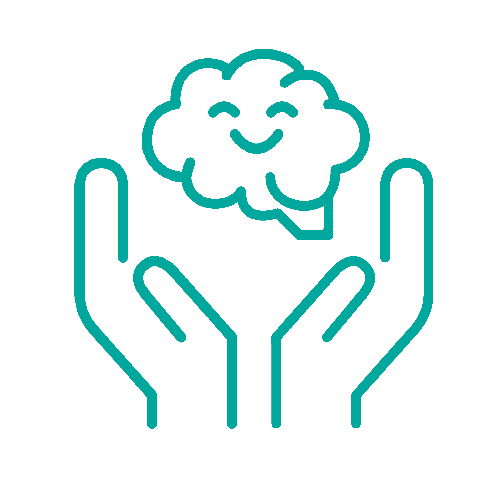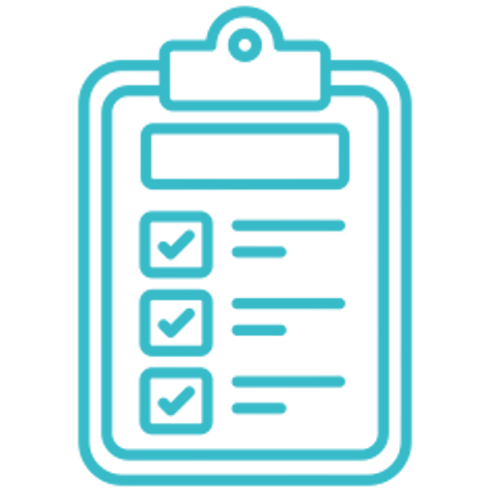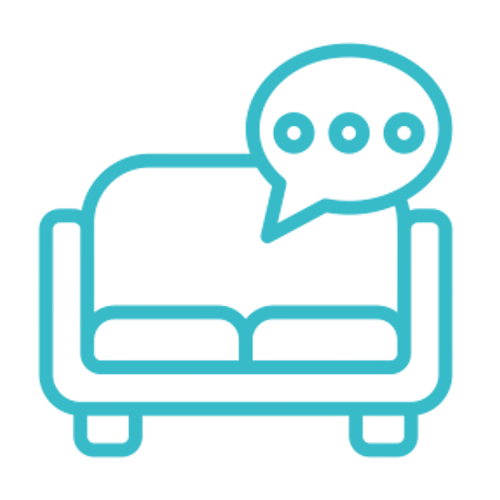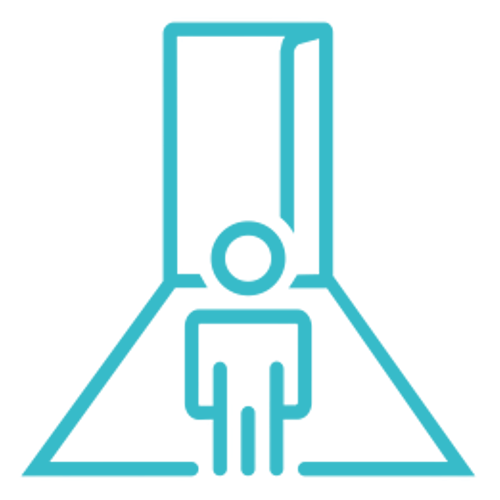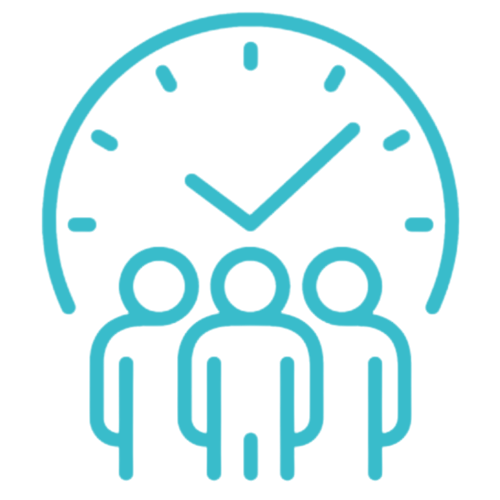New York City, the city that never sleeps, offers excitement year-round. However, with winter’s arrival comes a familiar visitor: Seasonal Affective Disorder (SAD). In this blog, we’ll explore SAD’s nuances, its underlying causes, subtle signs, and essential treatments. We’ll shed light on this common yet often misunderstood condition, emphasizing that your mental well-being is just as important as your career or social life. So, join us as we navigate the path to conquering those winter blues with confidence and resilience.
What is Seasonal Affective Disorder (SAD)?
Picture this: the vibrant, bustling streets of New York City slowly succumb to winter’s chill, and daylight becomes a precious commodity. It’s during these months that Seasonal Affective Disorder (SAD), like a recurring character in a seasonal drama, takes center stage in the lives of many. But what exactly is SAD?
At its core, SAD is a unique form of depression, a silent intruder that times its arrival with the changing seasons. Typically, it begins as autumn’s leaves fall and lingers throughout the long, dark days of winter, only to retreat as spring breathes new life into the city. But what sets SAD apart from general winter blues is its predictability and cyclic nature. Each year, it returns, casting a shadow on your well-being at the same time, like clockwork.
Seasonal depression often ties closely to reduced exposure to natural sunlight, a problem more noticeable in places like New York City. The absence of sunlight messes with your brain’s hormones and neurotransmitters, leading to various emotional and physical symptoms.
What’s intriguing about SAD is its ability to affect people from all backgrounds, even high achievers hustling in the city that never sleeps. It doesn’t care about your accomplishments or dreams; instead, it reminds us of how nature’s rhythms can impact our mental health.
Causes of SAD
Understanding what causes Seasonal Affective Disorder (SAD) is like having the map to navigate it successfully. While we can’t control the seasons or the skyscrapers in the city, being aware of these causes empowers us to take proactive steps against those winter blues.
- Lack of Sunlight: Seasonal Affective Disorder often kicks off with a light shortage, especially in fall and winter. Picture a typical winter day in NYC – early sunsets and skyscrapers casting long shadows. That reduced daylight messes with our body’s natural rhythms, possibly setting the stage for SAD.
- Biological Clock Disruption: Our bodies rely on an internal clock to manage sleep patterns, hormones, and body temperature. When winter rolls in with shorter daylight hours, this internal clock can go haywire. Think about when it’s evening and you’re still at work – that’s the mismatch between your internal clock and the outside world, leading to confusion and mood swings.
- Serotonin Levels: Serotonin, the “feel-good” neurotransmitter, keeps our mood in check. Less sunlight can mean lower serotonin levels in the brain. This drop in serotonin can trigger feelings of sadness, irritability, and general unease – classic Seasonal Affective Disorder symptoms.
- Melatonin Imbalance: Melatonin, the sleep-regulating hormone, might go out of whack due to reduced natural light. That can lead to Seasonal Affective Disorder causes such as more fatigue and an increased urge to hibernate. Think about how you might feel sleepier during the day and want to hit the sack earlier during those wintry nights – melatonin might be pulling the strings.
- Genetic Predisposition: Some folks have Seasonal Affective Disorder in their genes, especially if depression or SAD runs in their family. If your parents or close kin have wrestled with SAD, you could be more prone to it too. This genetic factor highlights the importance of being mindful of its causes and symptoms.
- Environmental Factors: City life can be a non-stop rollercoaster. The high stress levels in NYC can really pile on the effects of SAD. So, it’s super important to get why it happens and take some smart steps to handle Seasonal Affective Disorder symptoms.
Symptoms of SAD
It’s crucial to remember that Seasonal Affective Disorder (SAD) is a genuine and treatable mental health condition. Here are some common Seasonal Affective Disorder symptoms during the winter months:
- Persistent Low Mood: Perhaps the most prominent and defining symptom of SAD is a persistent feeling of sadness or hopelessness that lingers throughout the winter months. This isn’t just your typical winter blues; it’s a deep and enduring emotional heaviness that colors your daily life.
- Changes in Sleep Patterns: Your sleep habits may undergo significant changes when experiencing Seasonal Affective Disorder symptoms. You might experience oversleeping, finding it hard to wake up in the morning, or struggling with disrupted and restless sleep during the night. These disturbances in your sleep routine can further contribute to feelings of lethargy.
- Weight Changes: Seasonal Affective Disorder has a curious connection to your eating habits. Many individuals with SAD experience an increased craving for carbohydrates and comfort foods, leading to weight gain during the winter months. This can compound feelings of frustration and self-esteem issues.
- Loss of Interest: Seasonal Affective Disorder symptoms can dampen your enthusiasm for hobbies and interests that typically bring you joy. You may lose interest in activities you used to be passionate about, further contributing to a sense of emptiness.
- Difficulty Concentrating: Concentration and focus can become elusive during bouts of SAD. Simple tasks may feel overwhelming, and you might struggle to maintain productivity at work or in your personal life. It is important to learn some Seasonal Affective Disorder tips, in case you encounter this symptom during work or when you need to focus.
- Physical Symptoms: Seasonal Affective Disorder can manifest physically, too. Some people experience aches and pains, stomach discomfort, and other unexplained physical symptoms alongside their emotional struggles.
Treatment Options for SAD
You might not have control over the seasons or those towering skyscrapers, but there are some proactive moves you can make in Seasonal Affective Disorder treatment:
- Light Therapy (Phototherapy): This one’s a game-changer for treating Seasonal Affective Disorder symptoms. You basically hang out in front of a special lightbox that pumps out bright, natural-spectrum light. It’s like having a slice of sunshine at home. This light helps reset your internal clock and could reduce those pesky depressive symptoms. Make it a daily morning ritual for the best results.
- Cognitive Behavioral Therapy (CBT): CBT is your trusty sidekick in the fight against SAD. It’s a therapy approach that helps you spot and change those gloomy thought patterns and behaviors that come with depression. You’ll work closely with a therapist in Seasonal Affective Disorder treatment to create personalized strategies that tackle SAD head-on. Imagine it like a superhero training program for your mind.
- Medication: Sometimes, SAD comes in heavy-duty mode. If other treatments don’t cut it, your therapist or psychiatrist might recommend antidepressants. These could be selective serotonin reuptake inhibitors (SSRIs) or serotonin-norepinephrine reuptake inhibitors (SNRIs). Just remember, always follow your healthcare pro’s advice on taking medication to treat your Seasonal Affective Disorder symptoms.
- Lifestyle Changes: Your everyday habits can be potent weapons against Seasonal Affective Disorder. Here are some lifestyle tweaks to consider:
- Regular Exercise: Moving your body can boost your mood and energy. Even a brisk walk when the sun’s out can work wonders.
- Balanced Diet: Watch what you eat. Lay off those sugary or carb-heavy foods that can mess with your mood and waistline.
- Consistent Sleep Schedule: Try to keep your sleep routine steady, even on weekends. It helps your body stay in sync.
- Mindfulness and Self-Care: Now, this is where your self-trust and self-intuition shine during Seasonal Affective Disorder treatment:
- Meditation: It keeps you in the moment and helps manage stress.
- Yoga: Combining movement and mindfulness, yoga’s like a double whammy for relaxation.
- Social Support: Lean on your trusted circle for emotional backup. They’re like your secret support squad.
Get help today from a NYC depression therapist!
Don’t let Seasonal Affective Disorder (SAD) dim your life. At Uncover Mental Health Counseling, we understand the impact of SAD and offer guidance to help you find the light even in the darkest of seasons. If you’re struggling with Seasonal Affective Disorder, here are the steps to start your journey toward a brighter, more joyful life:
- Reach Out to Uncover Mental Health Counseling: Begin by contacting us for a free consultation call. We’re here to listen, understand your specific situation, and explore how our support can bring warmth and light back into your life.
- Get paired with a NYC Depression Therapist: Schedule your initial session with one of our depression therapists in New York City. They will work closely with you to uncover the underlying causes of your Seasonal Affective Disorder and develop personalized strategies to help you shine even during the winter months.
- Begin Your Healing Journey: With the compassionate support of our NYC depression therapists, you’ll embark on a journey toward managing and overcoming SAD. Our therapeutic techniques are tailored to your unique needs, helping you embrace the changing seasons with resilience and vitality.

